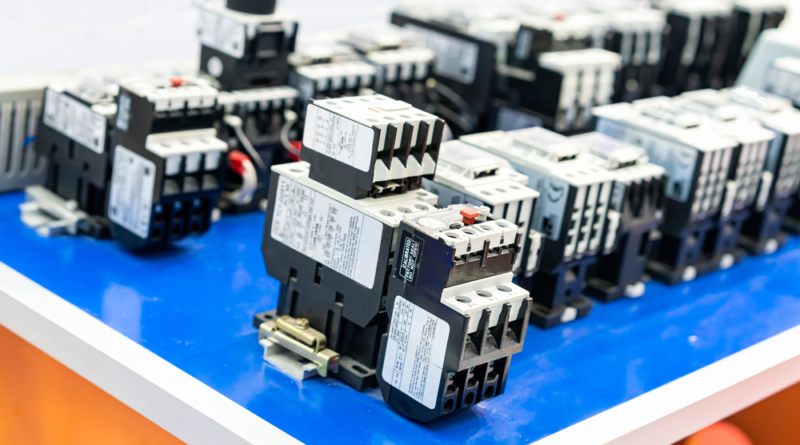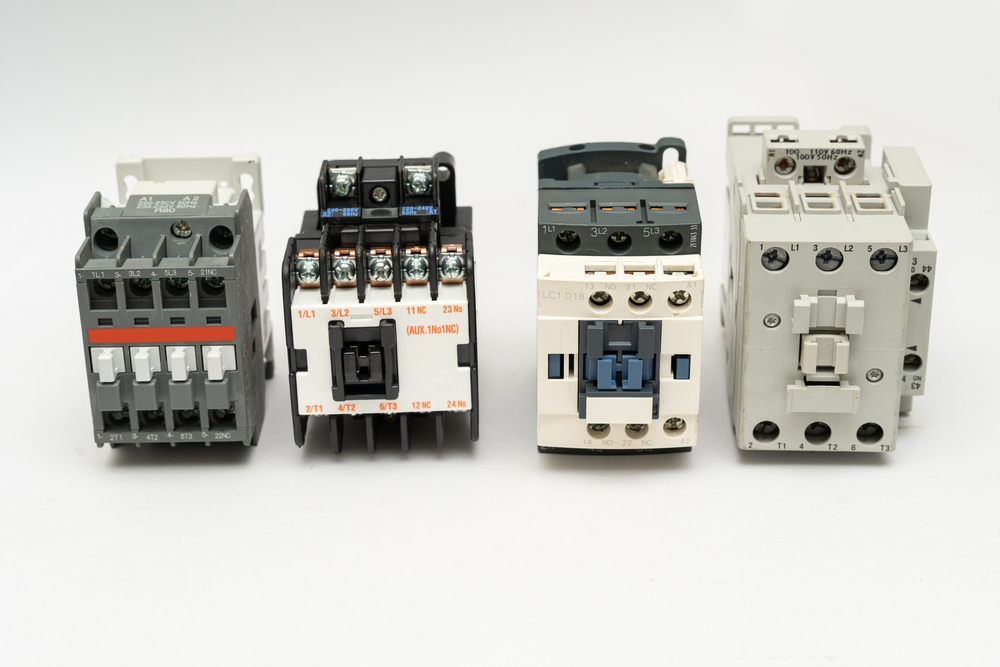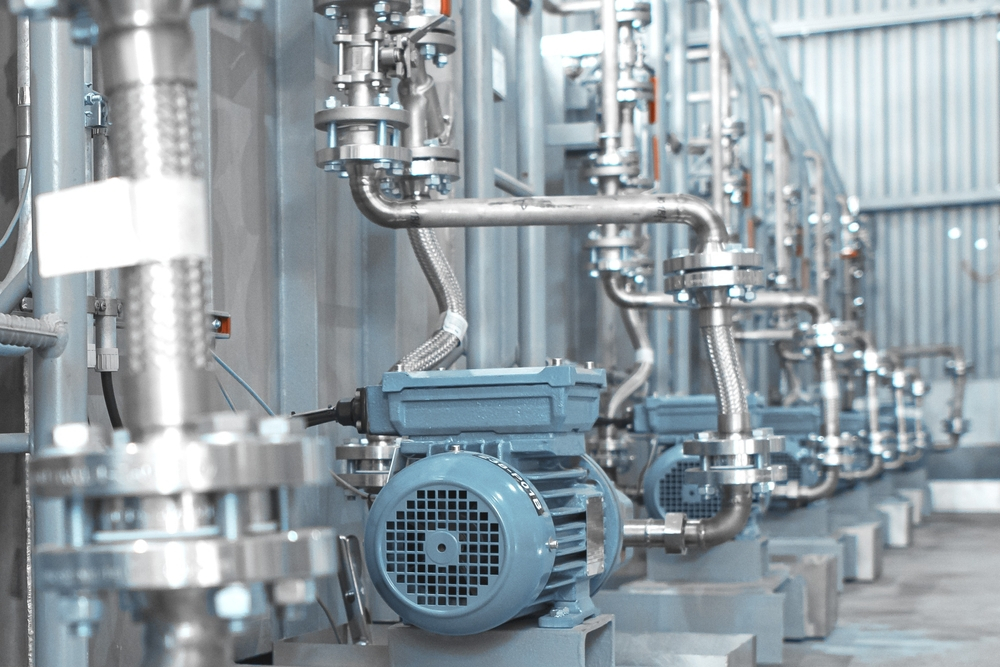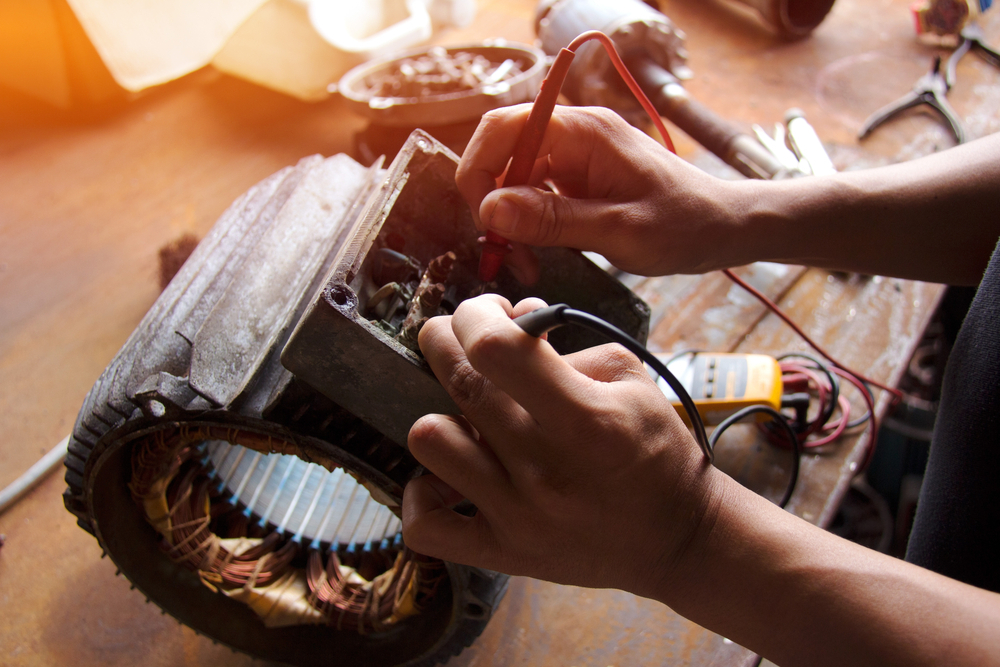
Ensuring the longevity and efficiency of electric motors is extremely important in various industrial and commercial applications. Motor protection includes several techniques and devices to protect motors against possible failures, overloads, and other operational hazards. In this guide, we'll dive into the ins and outs of engine protection and examine its importance, methods, and best practices.
Understanding Engine Protection
Electric motors are integral parts of numerous systems, powering everything from manufacturing equipment to HVAC systems. Protecting these assets is essential to avoid downtime, reduce maintenance costs and improve operational reliability. Engine protection includes measures to reduce risks and extend engine life.
The role of engine protection devices

Motor protection devices are the first line of defense against adverse conditions and malfunctions and ensure the safe and reliable operation of electric motors. These devices continuously monitor important parameters such as current, voltage, temperature and vibration and trigger protective measures in the event of deviations. Here's a closer look at some of the main engine protection devices and their features:
Overload relay
Overload relays are designed to detect excessive current draw in a motor circuit, indicating an overload. When the overload relay is activated, it cuts power to the motor, preventing overheating and possible damage to the motor windings and insulation. By monitoring motor current, overload relays help prevent wear and extend motor life.
Thermal overload protection
Thermal overload protectors, also known as thermal overload relays or switches, monitor the motor temperature to prevent overheating. These devices usually consist of a bimetallic strip or a temperature-sensitive probe that responds to temperature changes in the engine. When the temperature exceeds a preset threshold, thermal overload protection cuts power to the motor, preventing thermal damage and ensuring safe operation.
Voltage Monitor
Voltage monitors protect motors from voltage-related problems such as overvoltage and undervoltage. These devices continuously monitor voltage levels in the engine circuit and detect deviations from the specified range. In the event of overvoltage or undervoltage, voltage monitors can trigger protective measures, e.g. B. Disconnect engine power and avoid damage to engine components and related equipment.
Phase Failure Relay
Phase failure relays are designed to detect imbalances or faults in the electrical phases that supply power to the motor. These relays monitor phase currents and compare them to ensure balanced operation. In the event of phase imbalance or failure, the phase failure relay cuts power to the motor, protecting it from possible damage caused by phase-related problems such as single-phase operation or phase reversal.
Earth fault detectors
Earth fault detectors protect motors and personnel from electrical shock caused by earth faults or leakage currents. These devices monitor the integrity of the motor circuit insulation and detect any loss of power to ground. When a ground fault is detected, the ground fault detector disconnects power to the motor, preventing electrical shock and ensuring safe operation in potentially hazardous environments.
By using a combination of these engine protection devices tailored to the specific engine system requirements and risks, companies can effectively protect their valuable assets and minimize the risk of costly downtime and repairs.
Engine protection methods

The importance of motor protection cannot be underestimated in any industrial or commercial environment where electric motors are used. These engines are the backbone of countless operations and power important machines and systems. However, they are also vulnerable to risks and errors which, if not protected, can lead to costly downtime, equipment damage and security risks. Understanding the importance of engine protection is critical to ensuring smooth operations and mitigating risks effectively.
Avoid downtime and losses
Unexpected engine failures can bring operations to a standstill, resulting in significant downtime and lost productivity and revenue. By implementing robust engine protection measures, companies can identify and resolve problems before they worsen. This minimizes the risk of unplanned downtime and optimizes overall operational efficiency.
Device life extension
Electric motors represent a significant investment for companies. To obtain a good return on investment, it is important to maximize its useful life. Engine protection devices and procedures help prevent premature wear and damage, extend engine life, and reduce the frequency of costly repairs or replacements.
Mitigate security risks
Defective or poorly functioning engines can pose serious risks to the safety of people and property. Motor protection mechanisms play a key role in identifying and mitigating potential hazards such as electrical failures, overheating and mechanical failures, creating a safer working environment for employees and minimizing the risk of accidents and injuries.
Ensuring legal compliance
Compliance with regulatory and industry standards is critical to ensuring workplace safety and minimizing liability risk. Engine protection measures help companies comply with relevant regulations and demonstrate their commitment to maintaining high standards of safety and quality assurance.
Engine Protection Best Practices

Implementing best motor protection practices is critical to ensuring the longevity, reliability and safety of electric motors in industrial and commercial applications. Here are some key strategies for optimizing engine protection:
- Routine maintenance: Perform scheduled inspections, lubrication and cleaning to detect potential problems before they worsen.
- Proper Installation and Calibration: For optimal performance, ensure motor protection devices are properly installed and calibrated to manufacturer specifications.
- Comprehensive training programs: Train your personnel in engine protection principles and procedures to ensure they know how to operate and maintain engine systems safely and effectively.
- Detailed documentation: Maintain comprehensive records of maintenance activities, defects and corrective actions to monitor engine performance and identify trends.
- Stay informed: Stay up to date on advances in engine protection technology and industry standards to continually improve engine protection and stay ahead of new risks.
By following these best practices, companies can increase the effectiveness of their engine protection measures, minimize downtime and maximize the life of their valuable engine assets.
Conclusion
In summary, motor protection is critical to maintaining the reliability, safety and efficiency of electric motors in industrial and commercial applications. By implementing robust protections, organizations can avoid costly downtime, extend equipment life, mitigate security risks, and ensure regulatory compliance. From preventing unexpected failures to improving workplace safety and optimizing equipment performance, engine protection measures play a critical role in maintaining smooth operation and minimizing risk in today's dynamic business environment. Investments in comprehensive engine protection protect valuable systems and promote long-term operational stability and competitiveness.
Common questions
Why is engine protection important?
Motor protection is critical because it helps prevent costly downtime, extend motor life, and improve operational reliability by protecting against failures, overloads, and other hazards.
What are the consequences of inadequate engine protection?
Inadequate motor protection can result in motor burnout, equipment damage, safety hazards, and lost production due to unexpected downtime and repairs.
How do I choose the right motor protection devices for my application?
Select motor protection devices based on motor type, size, operating environment, load characteristics and regulatory requirements. Contact experts or manufacturers for personalized recommendations.

